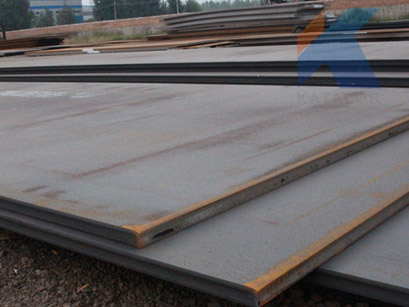- : 0086-21-61182423
- : 0086-21-61182425
- : [email protected]
- : Room 301,Unit 6,lane 2500,xiupu Road,Kangqiao Industrial Area,Pudong New District,Shanghai
- Improper welding of X80 pipeline may cause cracks
- Brief introduction of API X52 pipeline steel
- The difference between PSL1 and PSL2
- Harm of inclusions in X70 pipeline steel
- API 5L pipeline pipe
- X52 steel plate surface quality standards that need to be met
- The basic production process of API 5L X60 pipeline steel
- The key to Q460D steel welding process
- What does the heat treatment of Q690 Steel include?
- Reasons for choosing Q690D steel
What Common Elements of SA387 Gr.12 Cl.1 Alloy are Added

ASME SA387 Gr.12 Cl.1 Alloy is manufactured using highest grade raw material by our skilled experts. Alloy Steel SA387 Gr.12 Cl.1 plates also provide excellent corrosion and oxidation resistance, SA387 Gr.12 Cl.1 alloy steel plates are known for their properties which makes them highly usable. These properties are defined by the amount of elements added during their manufacture.
What common elements are added?
The common elements are chromium, molybdenum, boron, zirconium, vanadium and more. Among these you may have heard of chromium which is highly important to manufacture alloy steel. Every element that is added gives unique characteristics to the product. For example, adding high amount of chromium will make the alloy more resistant to corrosion and oxidation.
As we have said above that each element adds some characteristics to the alloy thus we should know what to add and what not. We should also know that in what amount a particular element goes in to produce a desired grade of alloy. Therefore, the grades such as 11 and 12 which are similar product vary in terms of their properties and applications. You cannot use a particular A SA387 Gr.12 Cl.1 alloy steel plates in other applications than oil and gas industries. If you do so then you may have to purchase the plates of other grade again which will cause you more money. Thus, to prevent this industrialists carefully order the product and ensure that supplier deliver the right product.
Heat Treatment before Delivery
The ASTM or ASME is the standard defined for the alloy steel plates. The "CL" defines the class that is 1 or2. The class2 plates are good to be used in environment where the temperature is relatively much higher than the normal environment. The SA387 Gr.12 Cl.1 plates undergo heat analysis to figure out the range of temperature upto which they can be used without any damage. The material also undergoes tension tests and should be tests to figure out the tensile strength, elongation and yield strength. They are also thermally treated before reaching to the market for supplying in the various industries.